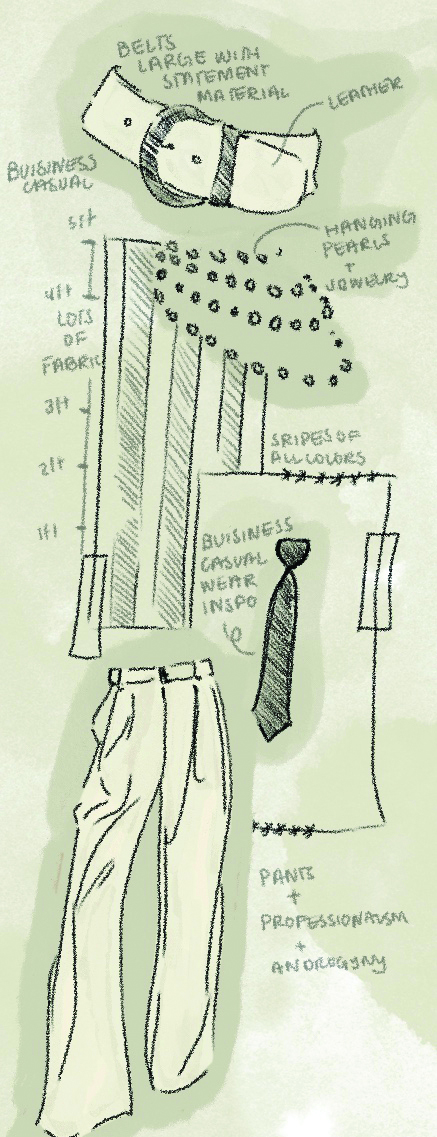
Here’s what usually happens when a woman decides to undergo permanent sterilization, a procedure that is technically known as tubal ligation and more commonly known as getting one’s tubes tied: She will visit her doctor and seek his or her medical opinion. The doctor will either arrange to perform the procedure himself (or herself) or refer the patient to a specialist who will. In between the day the woman decides to undergo the procedure and when she actually has the operation, she will likely have weeks to think about her decision and plenty of to back out of it. If in the end she opts to go through with the procedure, she will undergo a relatively straightforward surgery with recovery times ranging from a couple of days (if she gets the surgery immediately after giving birth) to a number of weeks.
When a woman in prison undergoes permanent sterilization, it’s another story. Between 2005 and 2010, 148 female inmates in California prisons were coerced or tricked into permanent sterilization procedures. The inmates, ostensibly told that they were to receive procedures unrelated to their reproductive health, were trucked to off-site health care facilities. Although they were required to sign consent forms before getting sterilized, most female inmates gave consent after they were under anesthesia. Many of these women had only minutes between the signing of the consent form and the cinching of their fallopian tubes.
California correctional institutions have a long and gory history with female-inmate sterilization. Between 1909 and 1979, approximately 20,000 female inmates were sterilized. At the time, female prisoners had fewer rights than they do now; their signatures weren’t even needed to perform the operations. Women were frequently sterilized due to “mental instability,” when women could be deemed mentally ill if they behaved in what society concluded was an immoral manner, and immorality could mean anything from acting “inappropriately” around men to not wanting to become wives and mothers.
Another element of the sterilization issue is that there are large numbers of Catholics in California prisons. About 39% of inmates in California are Latino, and since approximately 70% of Latinos are Catholic, and the Catholic church frowns on tubal ligations, many Catholic female inmates are receiving operations that violate their religious beliefs.
“I actually work at a Catholic hospital, so we can’t do tubal ligations,” Dr. Karla Iacampo said.
She went on to say that, when she was a resident, patients were given a 30-day window in which they could negate the decision to have a tubal ligation. If a patient hadn’t made a decision by the end of the 30 days, her surgery was simply cancelled. This hospital rule was in place because it’s challenging and extremely invasive to reverse a tubal ligation; it involves microsurgery.
Iacampo said she usually counsels people who want permanent sterilization and are in their twenties to get an IUD, which is reversible and produces essentially the same effect as sterilization. However, in prisons, female inmates are not given this option. Often they are not even aware that they are being sterilized.


















